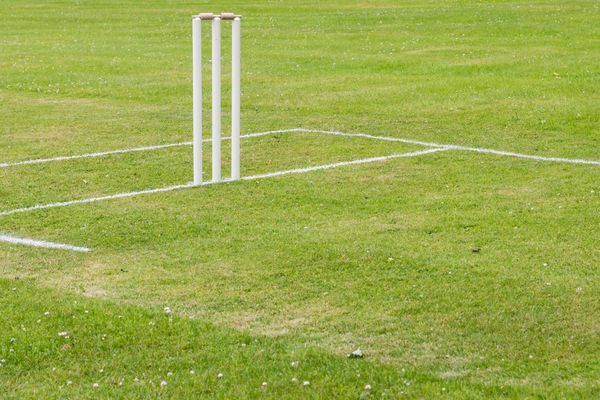When you dine with royalty, you get to listen to stories of erstwhile royal kitchens, their daily procurement activities and how food was best enjoyed; the experience gets even better when the food is cooked or served by a member of a royal family. When Kunwar Hemendra Singh Chundawat of Bhaisrorgarh — a fort town located between the Chambal and Bamani rivers in Rajasthan — invited me for lunch at Aish, The Park, I had to ask him about the famous laal maas from the region. He is in Hyderabad as part of The Park’s Rajwadi Swad, initiative to highlight different royal kitchens of India at Aish.
Did Hemendra’s family frown at his interest in the kitchen? ? “I made my first cup of tea when I was eight-years-old and I cooked my first mutton curry at 11. Of course, I was discouraged initially by my parents’ helpers who said, “This is not the task of a prince.” Because I was a prince. my repeated requests of ‘teach me this’, and ‘tell me that’ weren’t ignored. I think I was first fascinated by the preparation of spices, sorting and washing vegetables and all that. I would insist on trying to do all that. As I grew up, I would follow my mother in the kitchen and observe her with the chaunk (tempering), frying and the real deal cooking.”
He learnt to make tea at his cousin’s farmhouse during his summer vacation: “I prepared tea for my cousin’s staff at the farmhouse and they rated me ‘pass’.”
Hemendra is proud of the food from his region, but he might tweak the recipe if needed, not just to trend. “Certain foods don’t need a new presentation or treatment. However, I am not a stickler for stamped ingredients. As a chef travelling for food fests, it is not always feasible to carry ingredients , especially if it is a long trip. If I like some ingredient/spice from a region, I will experiment to see if it goes well with my signature dishes,” he explains.

His signature dishes are Hara Maas, Dal Bidwal, Chakki ke Soole and the renowned Himmat Singh Raan. “The cuisine of Mewar is usually simple, rustic yet flavoursome and depends mainly on the seasonal fresh vegetables, fruits, and meat. It is distinct from the rest of Rajasthan in its food habits. The Dal Bidwal is from my cousin’s home in Madhya Pradesh, which I learnt to prepare much later. ”
Dal Bidwal is a fine paste of toor dal (pigeon peas), tempered with spices and ghee and served with a variety of bread like bafla, thochede and bejar. Bafla (like the bati of daal-bati) and thochede are made of wheat and ghee and bejar is made with a combination of wheat, jowar and sattu. All of them have some amount of ghee and are stiff, unlike the soft phulka or paratha. As these breads are baked, they are hard.
Once the food arrives on the table, Hemendra throws in a shocker: There is no dish called Laal Maas, he says. “ Laal was a term used to identify the type of gravy the meat is cooked in. It is safed (white) as it is prepared with curd, nuts etc or laal (red) owing to the use of whole red chillies. I have a logic to my argument. Mathania mirchi, the so-called secret ingredient used to make Laal Maas, is not easily available in huge quantities. I know because a very popular, reliable seed merchant in Rajasthan told me the Matania mirch variety is hardly available in the market. Also, Vasco da Gama came to India with this chilli in the late 1400s, so before that, our ancestors were probably eating kali mirch ki maas.”
Though Hemendra says experimenting with food is a good thing, he is not in favour of the misappropriation of food culture. “I don’t believe in saying things authetic recipe or for example higligting dishes like laal maas, champaran mutton. Because no two people can make these dishes and make it taste similar,” he stressed
Considering I was dining with ‘royalty’ when I was served a piece of marrow bone, I ask him if is bad table manners to break the bones. He assures me, “I cannot break bones with my teeth and I love to lick my fingers after a meal. Knowing how to enjoy one’s food is not bad table manners.”
The Rajwadi Swad fest at The Park is on till May 21 for lunch and dinner.







